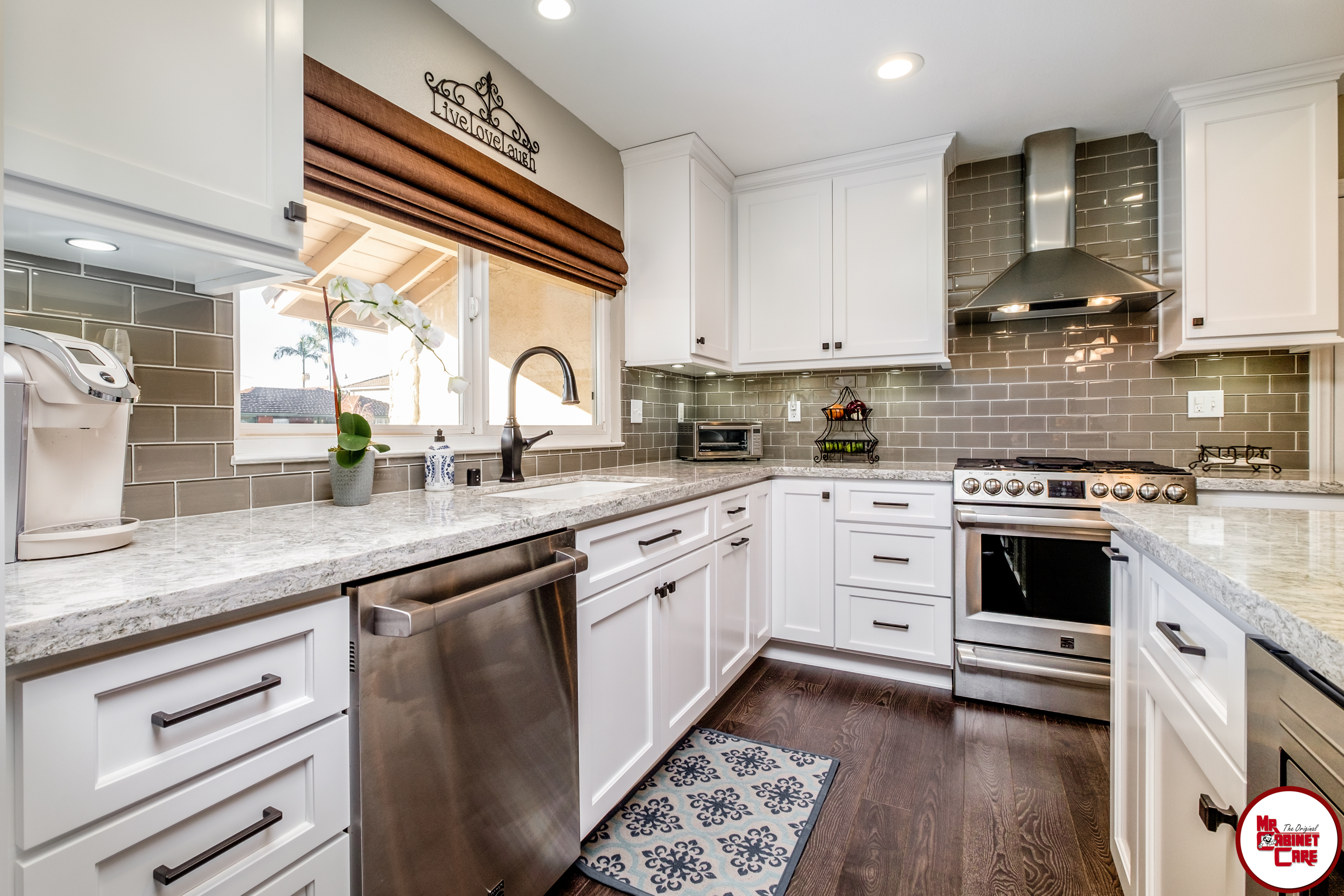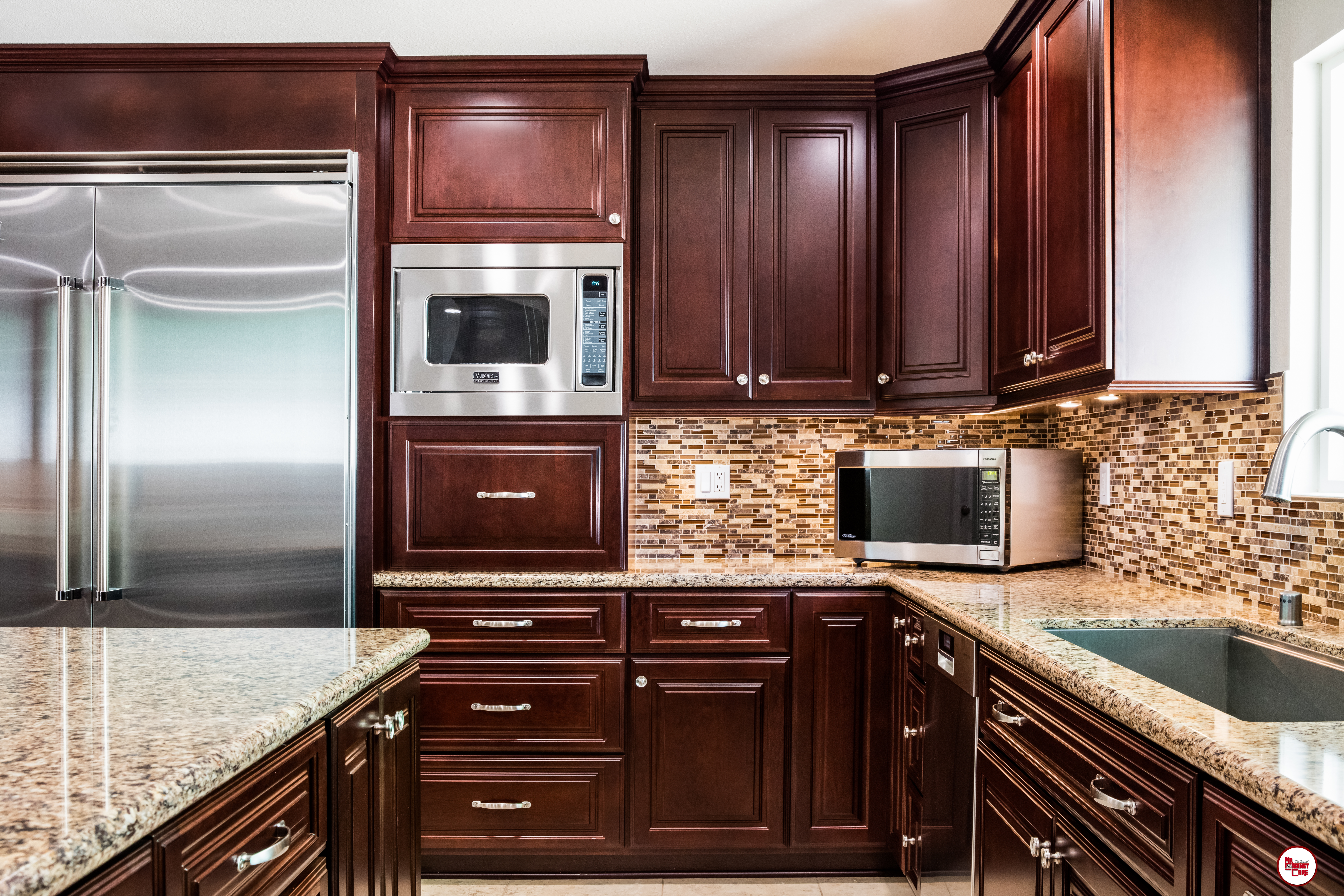Texture: It’s importance in Kitchen Designing

Texture is defined as the appearance or consistency of a certain substance or a surface. In kitchen design, texture is an essential factor that provides an effective way to create a layered look that helps other kitchen elements to mix well with each other. Another purpose of considering texture in kitchen designing is that it helps in adding a touch of personality and coziness during extreme weather conditions such as winter.
Most people may give more priorities to other aspects like cabinets, appliances, countertops, etc. But it’s also highly important to note that incorporating texture to your kitchen is just as beneficial as the others. A cooking area without any signs of stylish texture can look quite pale even if it just recently underwent a major kitchen remodel.
Why You Should Add Texture to Your Kitchen Right Away
Here are several things you need to know about the crucial role of texture in kitchen design:
It Creates Patterns
Patterns help a lot in bringing contrast, energy, and interest for those who wanted to pay a visit to your kitchen. To do this, texture plays an integral part. For example, tiles have smooth and shiny texture, and together with their shapes and grouts can create a level of consistency that makes your kitchen more aesthetically pleasing.
It Provides a Focal Point
Other than creating patterns, the textured design of the tiles especially those are used for the backsplash provide a unique focal point that every kitchen must have. The focal point is the area of a room that serves as the center of interest or activity. It enhances the visual quality of your kitchen as a whole.
It Makes Your Kitchen Highly Desirable by Adding Small Details
Texture can also be observed through the entirety of smaller details and elements such as the cabinet doorknobs and pulls, lighting fixtures, and even the sink. If you would opt for recessed cabinetry, combining it with a nicely textured farmhouse sink can produce a vouge and artistic impression.
You can also take advantage of texture by using natural materials. The tactile design of a stone wall with an arched niche for the range can form a sophisticated and dramatic look on your kitchen design. Wood is another excellent example of natural material that you can utilize for the same purpose.
It Maximizes the Use of Contrast
While using contrasting textures on the kitchen requires a level of creativity for some, it can make the end result of the design very interesting and eye-catching indeed. A good example of this one is cabinetry that has three different finishes, as well as the glass-front variants.
Contrasting textures can be achieved primarily by using contrasting materials. If it is done correctly, your kitchen can have noticeable working zones for food preparation and dining.
It Creates Balance
Sticking to one specific design can make your design utterly overpowering. But with texture, you can integrate another design or style without ruining the first one that you made. Let’s say you’re working on a color palette and you wanted to combine it with something that can create harmony to your kitchen space. In this case, try selecting a contrasting color so as to balance everything out.
Sources:



